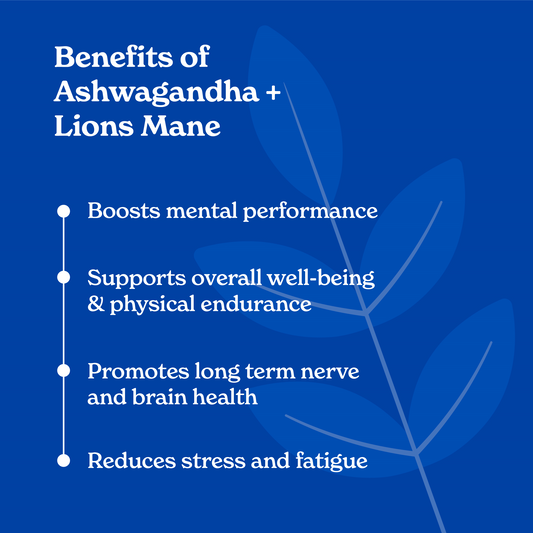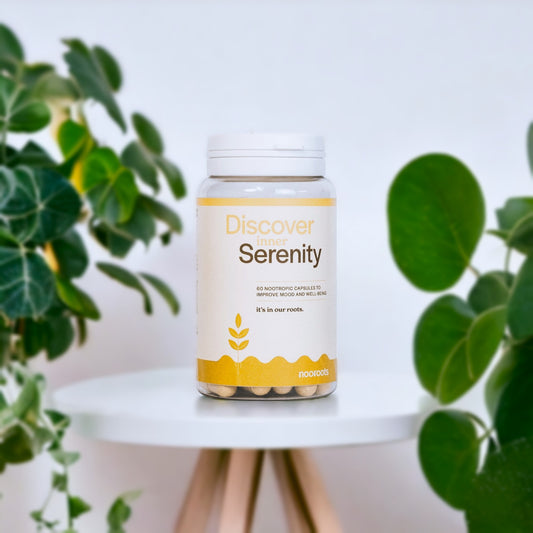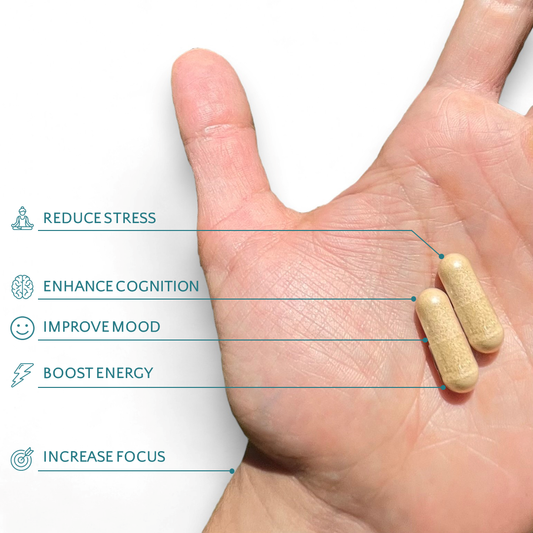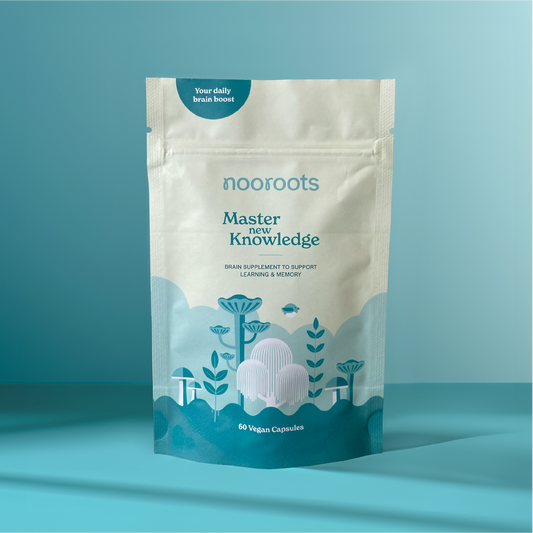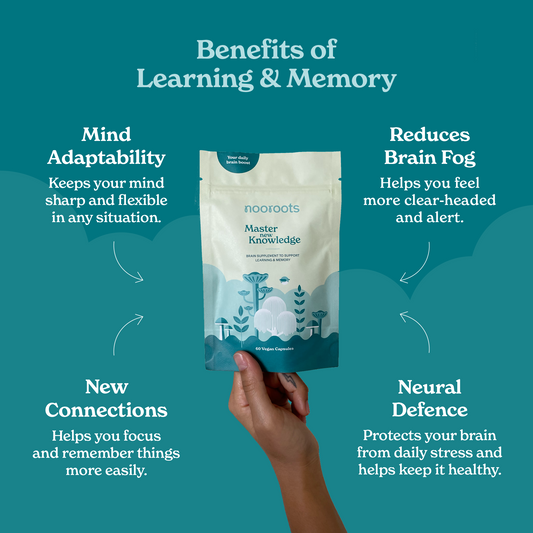Expert Writer and Contributor ✓
About the Author
Charlotte was awarded a Master of Science degree in chemistry from the University of Bristol. She is currently completing a PhD at the University of Leeds.
About the Contributor
Mus was awarded a Master of Science degree in Medical Biotechnology and Business Management from the University of Warwick.
Pre-dating the Greeks, over 2000 years ago in the far east, the first documentation of the use of Ashwagandha was in the book of Charaka Samhita. Written by the mythical Charaka himself, it is a foundational text in Ayurveda medicine that has survived the wearing of time. Although it is almost certain that Ashwagandha was used for centuries, perhaps millennia, before this first written record arose.
The people of the Indus River utilised Ashwagandha as a treatment for skin and respiratory diseases, to help ill infants, alleviate stress or fatigue, and help with mental conditions.
Over the course of thousands of years Ashwagandha’s evolution has been steady. Maybe even slow. It was not until the turn of this century, that the plant has taken to the skies and became the super-herb we know it as today.
This rapid acceleration and accumulation of knowledge is, in part, thanks to Dr. Sunil Kaul and his team at the National Institute of Advanced Industrial Science and Technology (AIST) in Japan. His seminal study on the Science of Ashwagandha has unlocked the molecular and biological gates of Ayurveda medicine.
Contents
- What is Ashwagandha?
- Ashwagandha Benefits
- Ashwagandha Mechanism of Action
- Ashwagandha Side Effects
- Recommended Dosages of Ashwagandha
Ashwagandha: A Health Guide to Safe and Effective Supplementation

What is Ashwagandha?
Indian ginseng, winter cherry and Ashwagandha, are all colloquial names for the medicinal herb Withania somnifera. Ashwagandha has been used as part of Ayurvedic (ancient Indian medicine) for over 3,000 years, and it’s well-known for its incredible medicinal properties1.
The origins of the word Ashwagandha date back to ancient Sanskrit. It's name refers to a horse, which is reference to its ability to increase ones strength. Ashwagandha's chemical make-up provides relief from stress and anxiety, and boasts nootropic brain boosting effects2.
Ashwagandha Benefits
Ashwagandha has been described in the scientific literature as a ‘rejuvenator of brain health’2, with evidence suggesting a multitude of beneficial effects that include:
- Stress and anxiety reduction: A randomised, double-blind trial showed a significant reduction in the stress and anxiety of adults with chronic stress, after taking Ashwagandha for 60 days3.
- Memory enhancing and brain boosting: Animals given a maze-navigation task found substantially improved memory in the animals that were fed Ashwagandha4.
- Anti-inflammatory and Anti-tumour: A plethora of studies have demonstrated that Ashwagandha could be a very effective therapy for both arthritis and some cancers1.
Ashwagandha Mechanism of Action
The Indian herbs’ main biologically-active components are steroidal alkaloids and lactones, in particular: withaferin A, withanone, and withanolides A & D1.
The anti-oxidative properties of withanolide D in Ashwagandha protects the brain against free radical damage. This nootropic effect means Ashwagandha is a cognitive enhancer that improves memory5. As an antioxidant, Ashwagandha boosts your immune system and helps your body to defend against disease2.
Ashwagandha has been shown to reduce the level of cortisol in the blood plasma. Cortisol is a hormone produced in the adrenal gland that plays a key role in regulating our levels of stress. This means that Ashwagandha is an effective treatment for chronic stress and anxiety3,6.
Withaferin A in Ashwagandha has anti-inflammatory and anti-tumorigenic (tumour-preventing) properties. And it has even been touted as a potential therapeutic agent for COVID-195!
Ashwagandha Side Effects
Very few bad side effects have been associated with Ashwagandha. However, at extremely high doses (>> 1250 mg7, many times higher than nooroots formulation!) the following side effects could occur8:
- Stomach problems
- Diarrhoea
- Vomiting
Recommended Dosages of Ashwagandha
There is no set Nutrient Reference Value (NRV) or Safe Upper Limit (SUL) for Ashwagandha. Unlike vitamin and minerals, Governments typically do not establish recommended daily guidelines for plant extracts.
Scientific and clinical research has outlined appropriate guidelines.
It is generally accepted that doses of Ashwagandha 250-600mg/day can produce positive health benefits9. Advice is not to take excess of 1,250mg (milligrams) a day7.
Remember: if you are intaking a supplement in a product or in combination with other vitamins, minerals or plant extracts, then typically lower doses are sufficient to realize the desired benefits.
Learn More About NRV and SUL
The NRV and SUL are two values assigned to vitamins and minerals that are designed to provide guidance on how much of a specific nutrient can be consumed.
NRV can be defined as the amount of a specific nutrient needed to adequately meet known nutritional deficiencies. Whereas the SUL is the highest level of nutrient intake that is likely to pose no risk of bad health effects for almost all individuals in the general population.
It is very safe to consume levels of nutrients greater than the NRV as long as the intake is below the SUL.
At nooroots, we take both these values into consideration when performing research and product development. We work with our scientists and partners to select a nutrient level that is both safe and effective.
Conclusion
As with many traditional medical practices their origins remain largely unknown. Most likely the knowledge had been passed down orally. From generation to generation until it was eventually recorded in some kind of early text. An act which would have persevered this mastery to be examined thousands of years in the future.
While ancient peoples looked upwards towards the Gods, modern men and women turn inward to Science. The benefits of Ashwagandha to human health has been of an area of great interest. Evidence has shown Ashwagandha to be effective in reducing stress and anxiety, enhance memory and cognition and shown to possess some anti-inflammatory and -tumour properties.
Guidelines for recommended doses range from 250 to 600 mg to feel effective health benefits. Consumption over 1250 mg is considered high.
For those interested in taking the first step, our Learning & Memory Nootropic Supplement at Nooroots offers a carefully formulated introduction to the world of cognitive enhancement—crafted to support both clarity of mind and balance of mood.
Learn more about the other vitamins, minerals and plant extracts we use to give your brain a daily boost
Evidence
- Gupta, G.; Rana, A. C.; Rana, A. C.; Rana, A. C. Withania Somnifera (Ashwagandha): A Review. Pharmacognosy Reviews 2007, 1 (1), 129–136.
- Wadhwa, R.; Konar, A.; Kaul, S. C. Nootropic Potential of Ashwagandha Leaves: Beyond Traditional Root Extracts. Neurochemistry International 2016, 95, 109–118. https://doi.org/10.1016/j.neuint.2015.09.001.
- Chandrasekhar, K.; Kapoor, J.; Anishetty, S. A Prospective, Randomized Double-Blind, Placebo-Controlled Study of Safety and Efficacy of a High-Concentration Full-Spectrum Extract of Ashwagandha Root in Reducing Stress and Anxiety in Adults. Indian Journal of Psychological Medicine 2012, 34 (3), 255–262. https://doi.org/10.4103/0253-7176.106022.
- Naidu, P. S.; Singh, A.; Kulkarni, S. K. Effect of Withania Somnifera Root Extract on Reserpine-Induced Orofacial Dyskinesia and Cognitive Dysfunction. Phytother Res 2006, 20 (2), 140–146. https://doi.org/10.1002/ptr.1823.
- Straughn, A. R.; Kakar, S. S. Withaferin A: A Potential Therapeutic Agent against COVID-19 Infection. Journal of Ovarian Research 2020, 13 (1), 79. https://doi.org/10.1186/s13048-020-00684-x.
- Singh, N.; Bhalla, M.; Jager, P. de; Gilca, M. An Overview on Ashwagandha: A Rasayana (Rejuvenator) of Ayurveda. African Journal of Traditional, Complementary and Alternative Medicines 2011, 8 (5S). https://doi.org/10.4314/ajtcam.v8i5S.9.
- Ashwagandha Dosage: How Much Should You Take per Day?. Healthline. https://www.healthline.com/nutrition/ashwagandha-dosage (accessed 2022-05-11).
- ASHWAGANDHA: Overview, Uses, Side Effects, Precautions, Interactions, Dosing and Reviews https://www.webmd.com/vitamins/ai/ingredientmono-953/ashwagandha (accessed 2022 -04 -29).
-
Salve, J. et al. (2019) ‘Adaptogenic and Anxiolytic Effects of Ashwagandha Root Extract in Healthy Adults: A Double-blind, Randomized, Placebo-controlled Clinical Study’, Cureus [Preprint]. Available at: https://doi.org/10.7759/cureus.6466.



